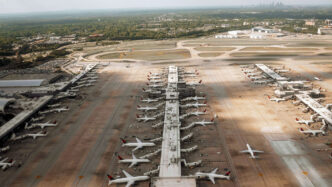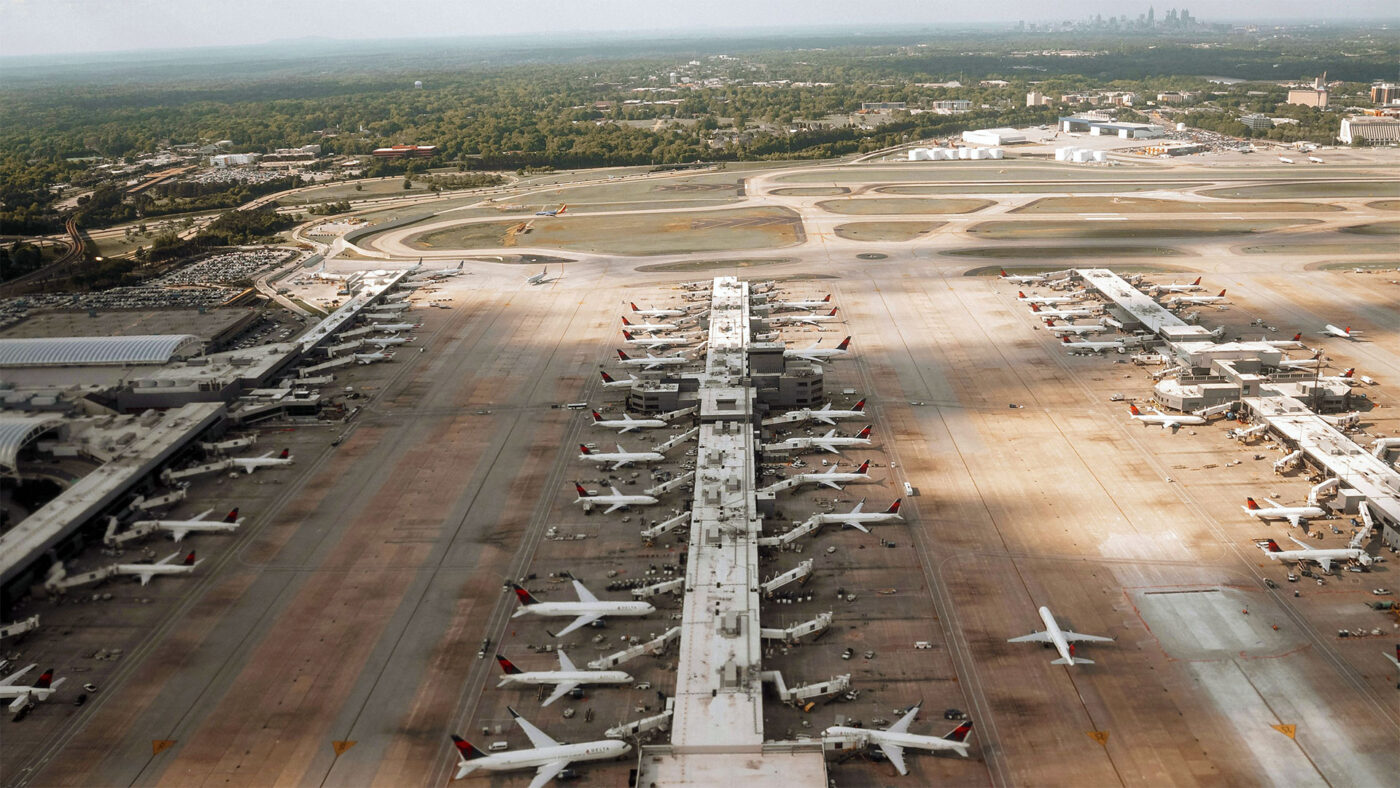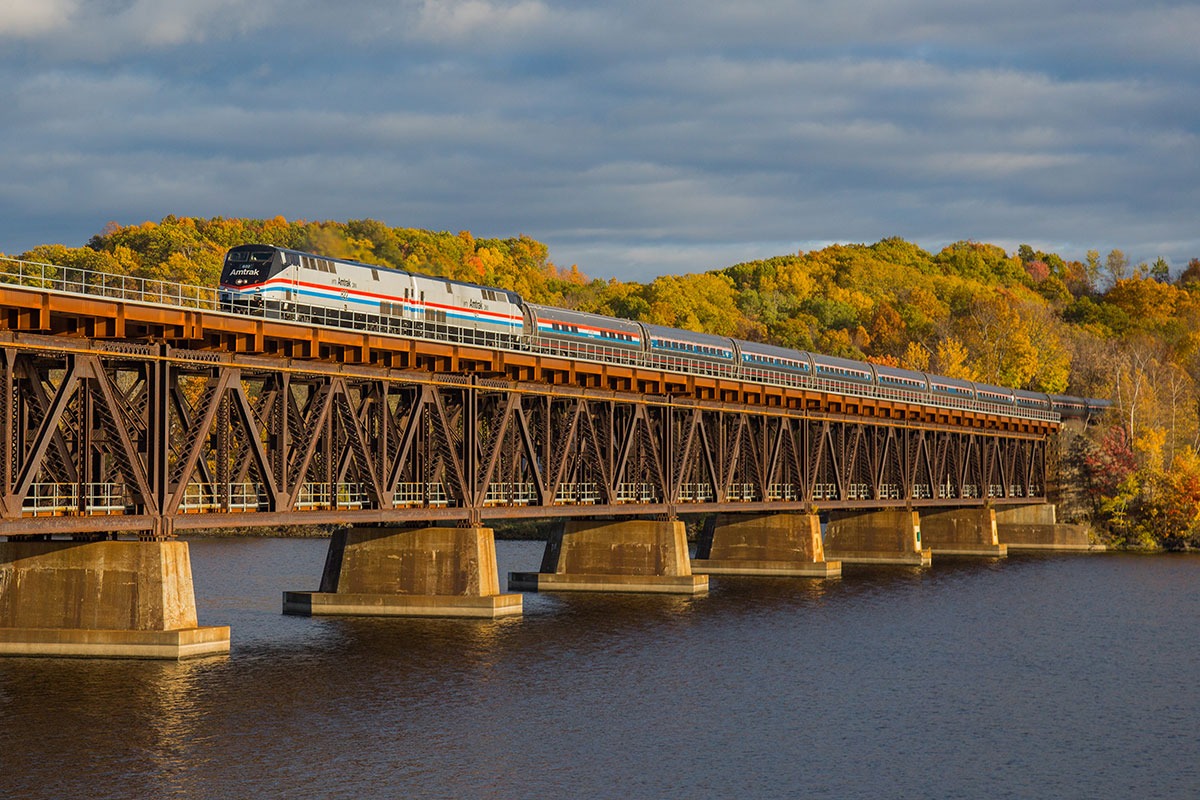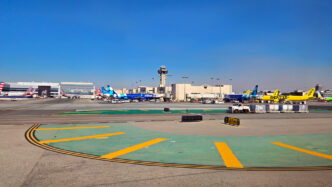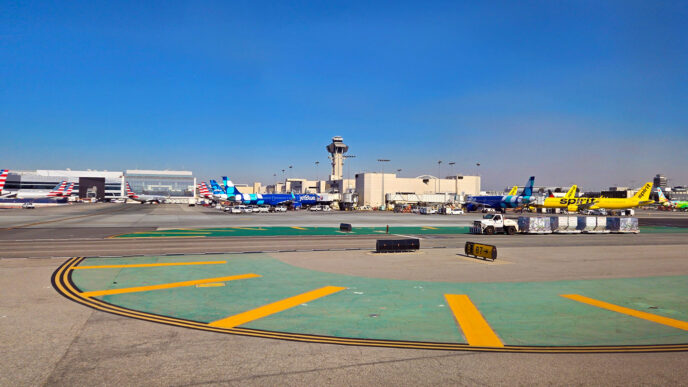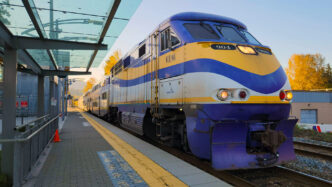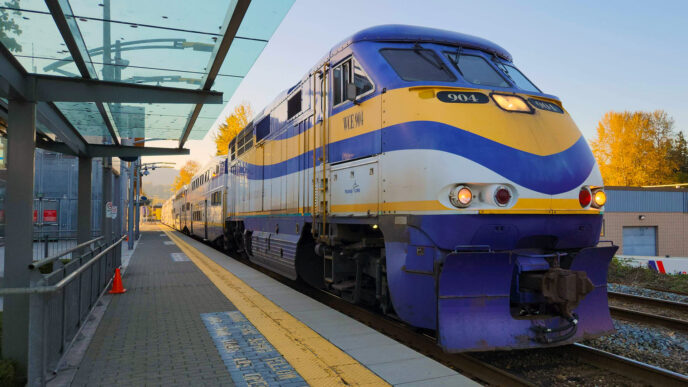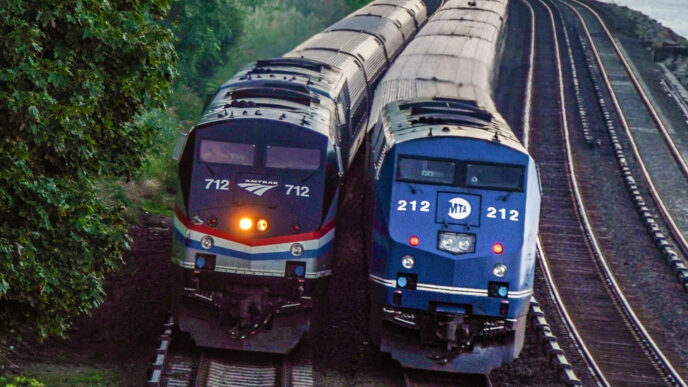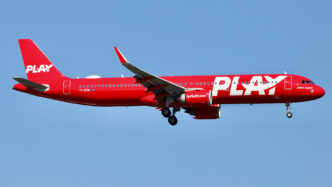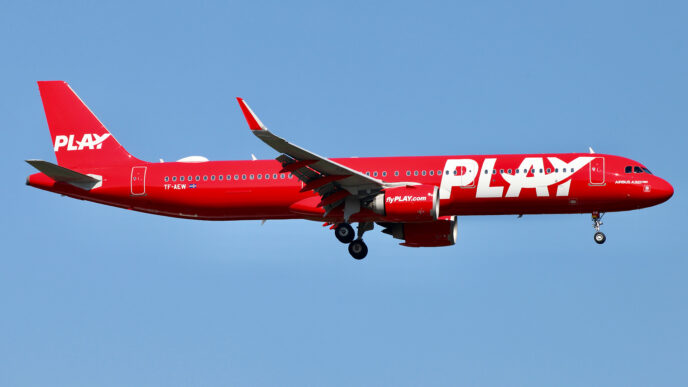When planning your next domestic flight, understanding which airports handle the most traffic can help you navigate the complex aviation landscape in the United States. The latest data compiled by OAG from summer 2025 reveals fascinating insights about where millions of travelers converge each year and what these bustling hubs mean for your travel experience.
The Reigning Champion: Atlanta Hartsfield-Jackson
For years, Atlanta Hartsfield-Jackson International Airport (ATL) has maintained its crown as America’s busiest airport, and 2025 is no different. With an impressive 38 million departing seats during the summer season, Atlanta continues to dominate the aviation landscape. The airport saw a 2% increase from the previous year, cementing its position as the undisputed king of U.S. aviation.
What makes Atlanta so significant for travelers? Its strategic location in the Southeast makes it a natural connecting point for coast-to-coast flights. Whether you’re flying from Philadelphia to Los Angeles or Miami to Seattle, there’s a good chance your journey will take you through Atlanta’s sprawling terminals.
The Midwest Powerhouse: Chicago O’Hare
Chicago O’Hare International Airport (ORD) claims the second spot with 31.3 million seats, trailing Atlanta by approximately seven million seats. However, O’Hare showed remarkable growth in 2025, expanding its capacity by 9% compared to the previous year. This growth is largely driven by United Airlines and American Airlines, which increased their domestic seat capacity by 9% and 20% respectively.
For travelers, O’Hare represents the gateway to the Midwest and serves as a crucial hub for connections throughout the central United States. The airport’s significant expansion suggests improved connectivity and potentially more flight options for passengers.
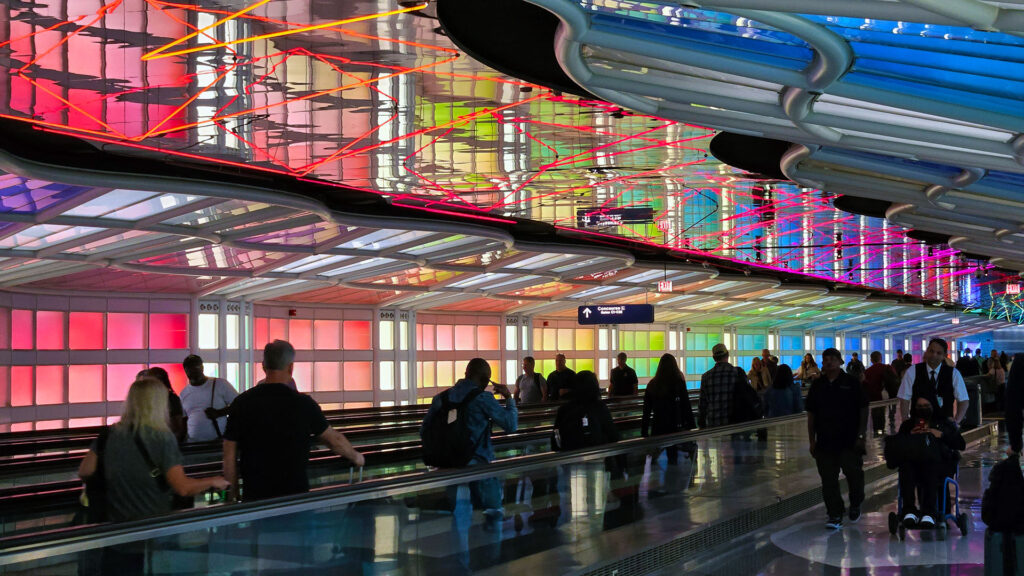
Texas-Sized Operations: Dallas-Fort Worth
Rounding out the top three is Dallas-Fort Worth International Airport (DFW) with 30.7 million seats. This massive airport complex serves the Dallas-Fort Worth metroplex and stands as a testament to Texas’s growing importance in U.S. aviation. DFW’s position in the rankings reflects the state’s booming population and economy, making it an essential hub for both domestic and international travel.
Closing Out the Top Ten
The remaining airports in the busiest ten showcase the country’s diverse geographic and economic landscape:
- Denver International Airport (DEN): 29.7 million seats
- Los Angeles International Airport (LAX): 27.1 million seats
- New York John F. Kennedy International Airport (JFK): 23.6 million seats
- Las Vegas Harry Reid International Airport (LAS): 20.3 million seats
- Charlotte Douglas International Airport (CLT): 20.1 million seats
- San Francisco International Airport (SFO): 19.6 million seats
- Seattle-Tacoma International Airport (SEA): 19.6 million seats
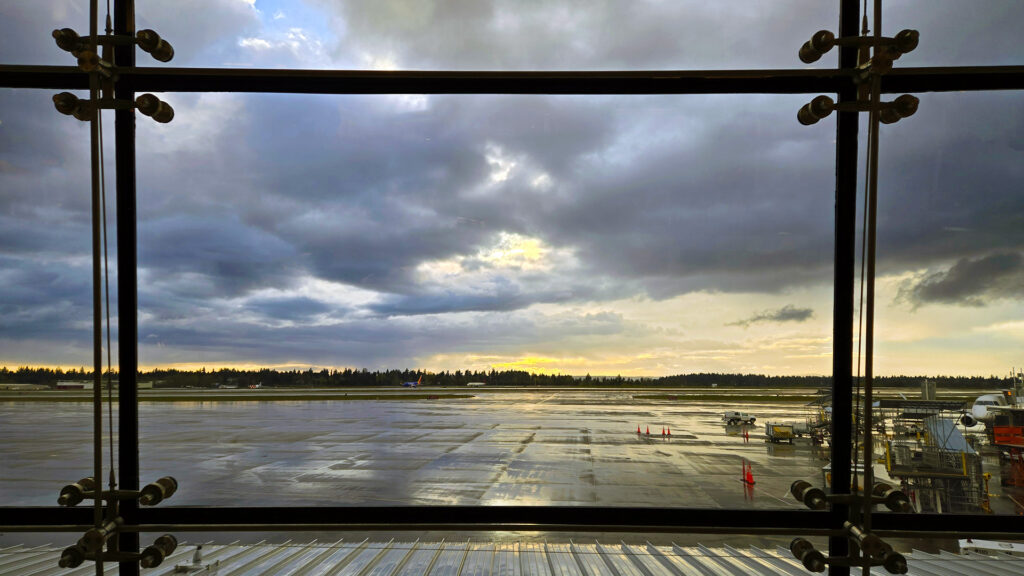
What This Means for Travelers
These ten airports collectively handle 35% of all capacity across the United States’ 672 airports with scheduled services. This concentration has several implications for travelers:
Connection Opportunities: These major hubs offer extensive connecting flight options, making it easier to reach smaller destinations that might not have direct service from your origin city.
Competition and Pricing: High-traffic airports typically see more airline competition, which can translate to better pricing and more flight options for travelers.
Infrastructure and Amenities: Busiest airports often feature the most comprehensive dining, shopping, and service options, making layovers more comfortable.
Potential Delays: Higher traffic volumes can mean increased chances of delays, especially during peak travel seasons and weather events.
The Global Perspective
While Atlanta dominates domestically, the global picture tells an interesting story. Atlanta ranks as the world’s busiest airport in monthly capacity, but only a few U.S. airports crack the global top ten (Atlanta, Chicago, Dallas-Ft. Worth, Denver, Chicago-O’Hare). This highlights how America’s aviation market is primarily driven by domestic travel, unlike other regions where international traffic plays a larger role.
Planning Your Journey
Understanding these traffic patterns can help you make smarter travel decisions. If you’re flexible with routing, connecting through these major hubs often provides more options and competitive pricing. However, if you prefer to avoid crowds and potential delays, consider secondary airports in your departure or arrival cities when available.
The summer 2025 data reveal an aviation industry in growth mode, with capacity increases at major airports suggesting continued recovery and expansion. For travelers, this means more seats, more options, and a robust network connecting America’s cities and regions.
Whether you’re a frequent flyer or an occasional traveler, these ten airports will likely play a role in your journey across the vast landscape of the country. Understanding their significance and operations can help you navigate the skies more effectively and make your travel experience smoother.
